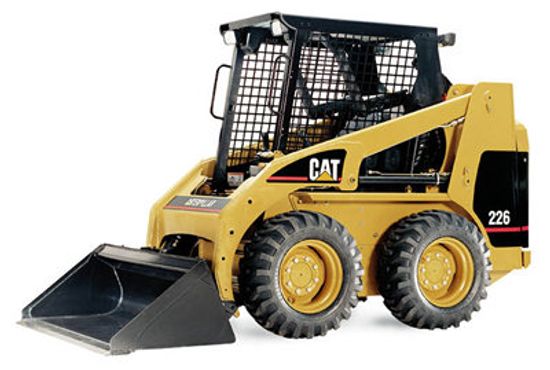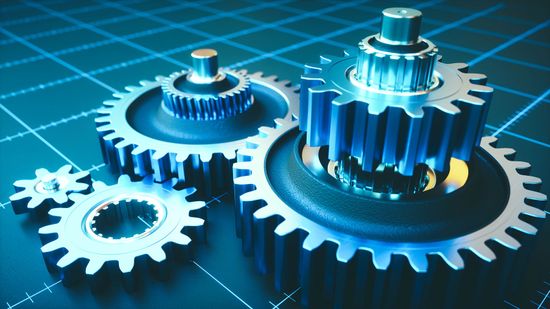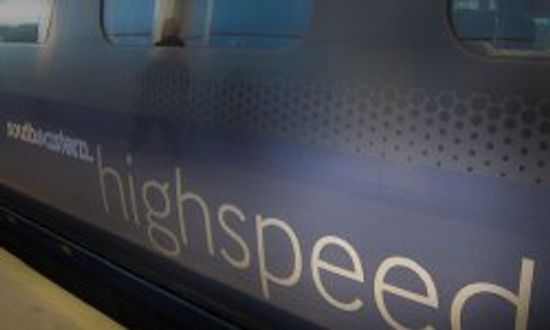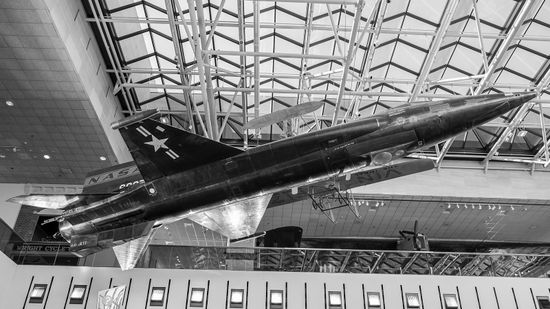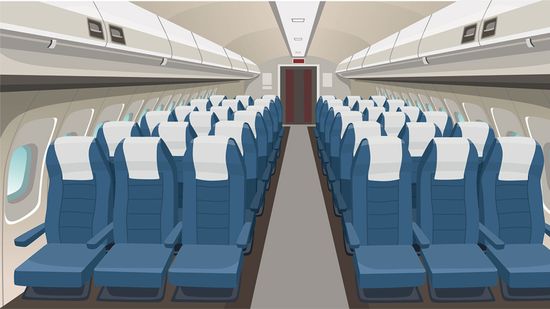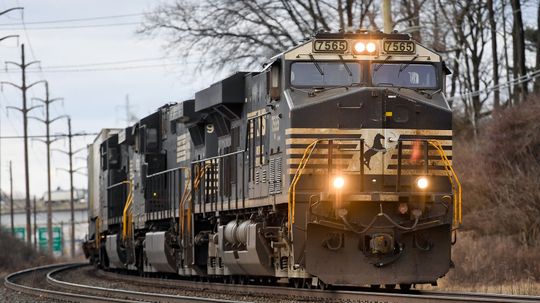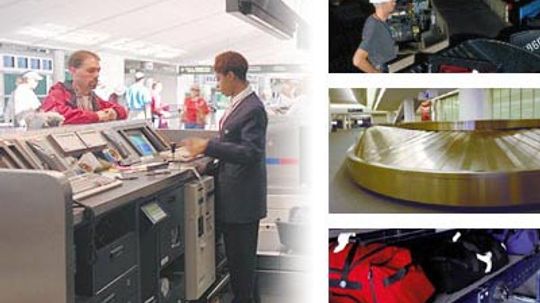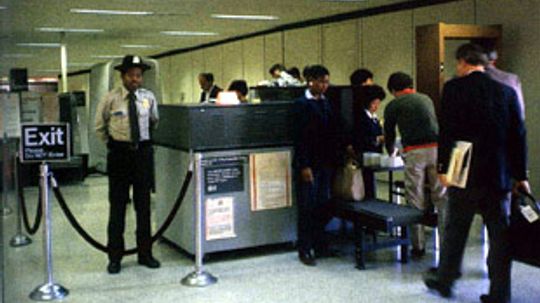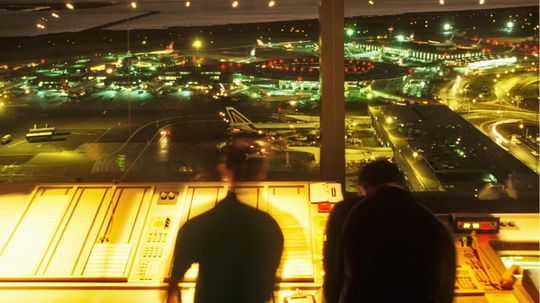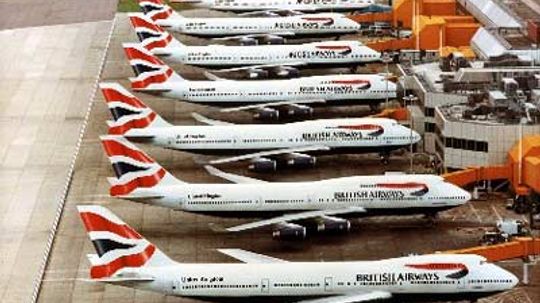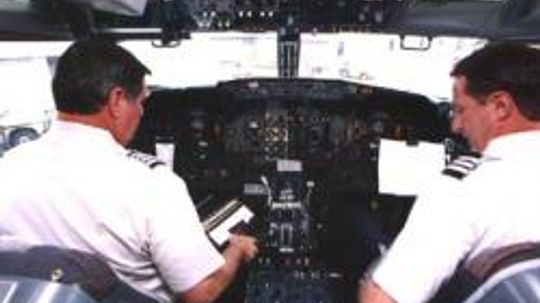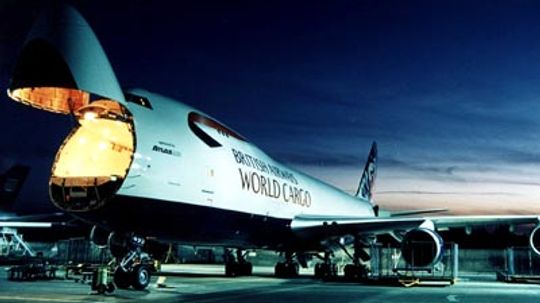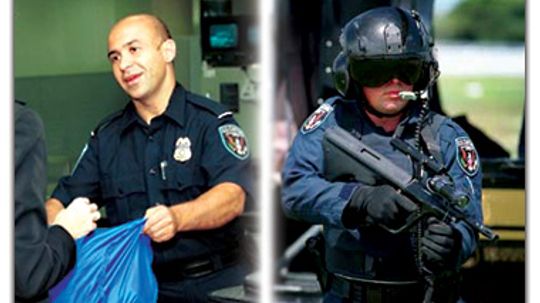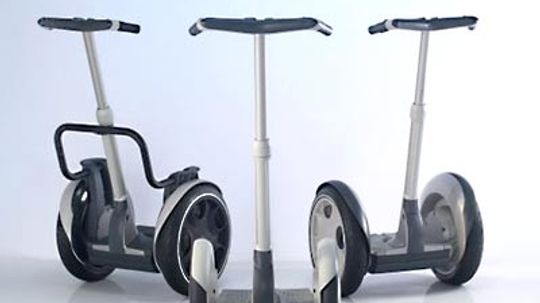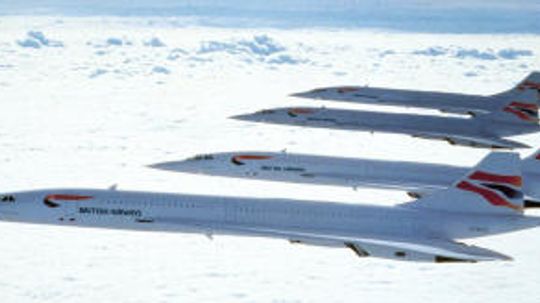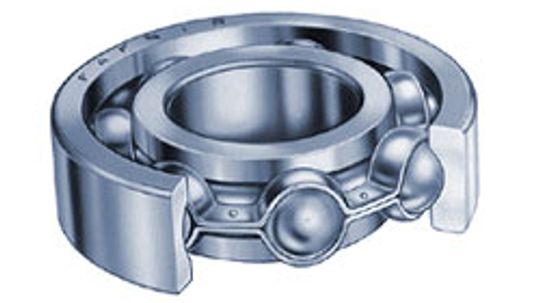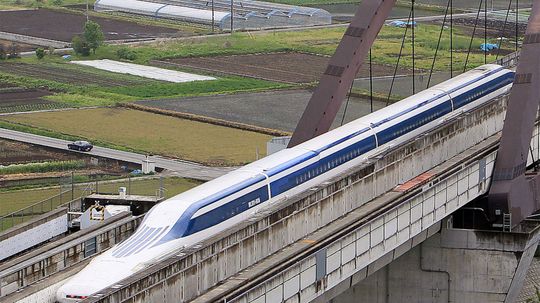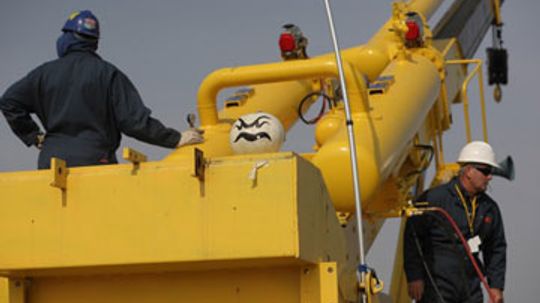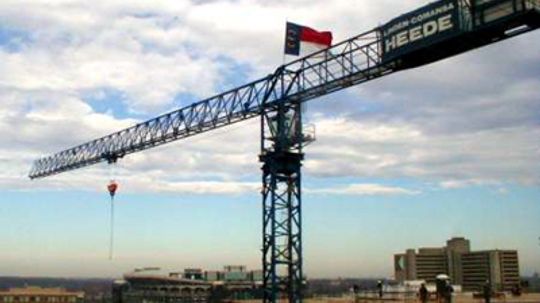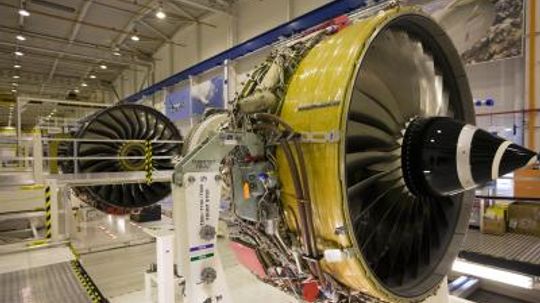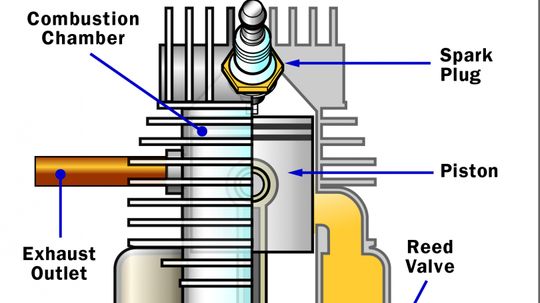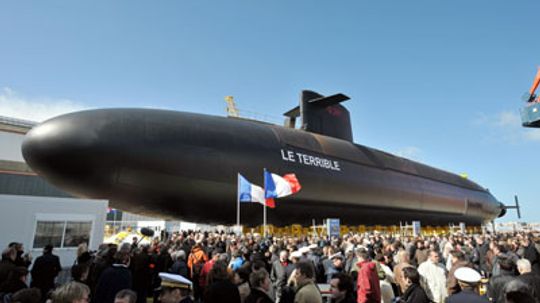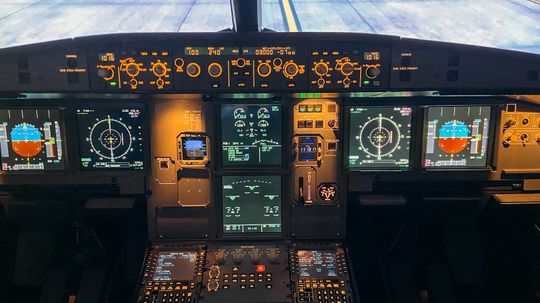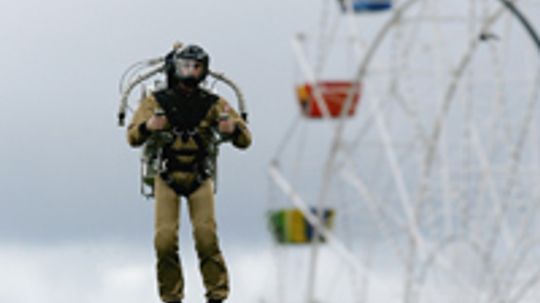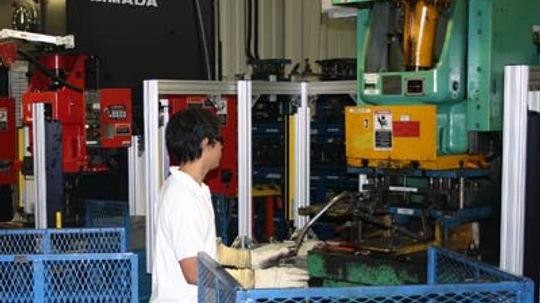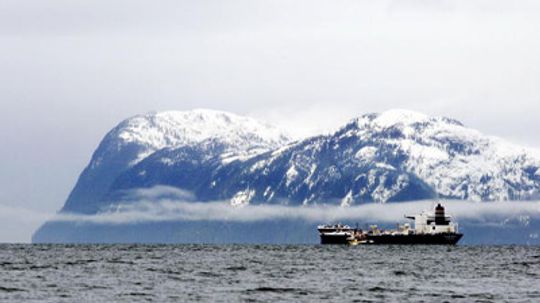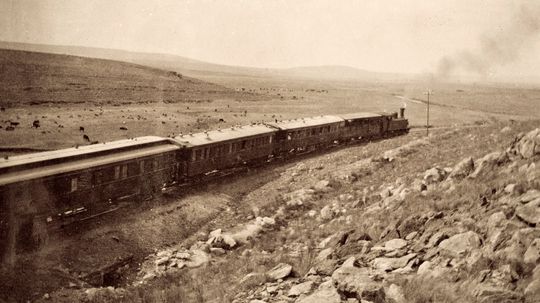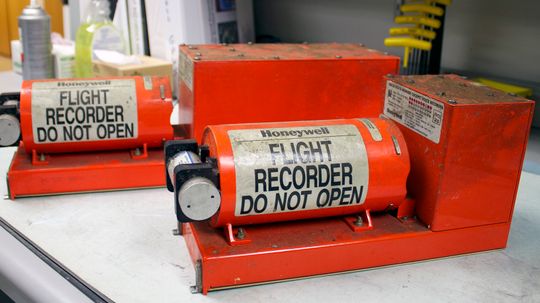Transportation
Many of us take public transportation or fly in airplanes on a regular basis, but have you ever wondered how all of these things work? This collection of transportation articles help explain how people get from place to place.
Learn More / Page 2
Diesel locomotives are some of the coolest modes of transport out there. Giant machines like these are just full of technological treats. Explore a hybrid-diesel locomotive - from engine to engineer controls.
By Karim Nice & Talon Homer
Inside an airport, luggage moves through an amazing and intricate system. The baggage handling system plays a crucial role in keeping travelers happy. Learn about these high-speed carts and conveyers.
By Karim Nice
Did you know that airports were once known as "flying fields" because planes took off and landed in large fields? Journey through the hidden world of airports in this article, but without the stress, nail-biting and packages of peanuts.
Advertisement
According to the Department of Homeland Security 730 million people travel on passenger jets every year. Are these folks safe? Find out how high-tech solutions are being used to make flying as safe as possible.
By Jeff Tyson & Ed Grabianowski
There are about 5,000 planes in U.S. airspace every hour. How do these aircraft keep from colliding with each other? Learn about the intricate system that guides a plane from takeoff to landing.
How did the guy in the next seat pay less for a ticket than you did? Explore how airlines work, how ticket prices are set and more.
By Kevin Bonsor
In an office that cruises a mile or more above the ground, being an airline crew member can be tiring, but rarely boring. Find out how pilots and flight attendants get you from gate to gate.
By Tom Harris
Advertisement
Like trade ships of old, air-freight planes move anything that can be bought or sold. See how goods are shipped worldwide.
By Karim Nice
To most people a trip through customs is just another stop in an airport or a country's borders. But customs agencies do much more for their countries' governments. In fact U.S. Customs raises more revenue than any agency except the IRS. Find out why and how they do it.
By Tom Harris
At first glance, it looks like a high-tech scooter. But people who have tried out the Segway claim that it is much, much more. Find out what's going on inside the Segway and what makes it so unique.
By Tom Harris
The only passenger plane that flies faster than the speed of sound, and can get from New York to London in less than four hours, is calling it quits. Learn how this amazing plane works.
Advertisement
Bearings are the invisible heroes inside many mechanical devices. Learn about all different kinds of bearings, including 5-foot ball bearings that keep buildings on solid footing.
By Karim Nice
Magnetic levitation trains, aka maglev trains, can travel much faster than even bullet trains, with less environmental impact. But they're very expensive to build. So, what's the future of maglev trains?
By Kevin Bonsor & Nathan Chandler
Right around the fall months you may have heard the phrase 'punkin chunkin.' Have you ever wondered what exactly that is, or how the machines that launch pumpkins work?
Tower cranes rise 150 feet in the air and lift up to 19 tons. Plus, they actually build themselves! They're simply amazing. Learn how these structures accomplish such feats.
Advertisement
Ever wonder what's happening inside that huge jet engine as you're cruising along at 30,000 feet? Jets, helicopters and even some power plants use a class of engine called gas turbines, which produce their own pressurized gas to spin a turbine and create power.
A car engine uses a four-stroke cycle -- how can two strokes accomplish the same tasks? Learn all about the two-stroke engine, where it's used and how it compares to a four-stroke.
Were these things invented to make your hair stand on end? Find out how Van de Graaff generators create static electricity and why they were invented in the first place.
By John Zavisa
Not so long ago, the world's naval forces worked entirely above water. But all that changed with the addition of the submarine to the standard naval arsenal.
Advertisement
How does a speedometer in an airplane work?
We may fantasize about soaring through the sky, but humans aren't aerodynamic creatures. Could human flight be possible with personal jet packs?
What does it take to build an ATV? We visited the Suzuki Manufacturing of America Corporation ATV factory in Rome, Georgia, to find out.
Oil tankers carry massive amounts of oil, gasoline and other petroleum products between ports. However, crewmembers must guard against explosions, pirates and more.
Advertisement
We humans are mobile. Long before flight, FusionMan or even your average automobile arrived on the scene, trains were transporting us all over civilization. How did we get from horse-drawn carts to high-speed trains?
Black boxes help investigators determine what happened in an airplane accident. What's inside a black box and how does it record flight data?
By Kevin Bonsor & Nathan Chandler
